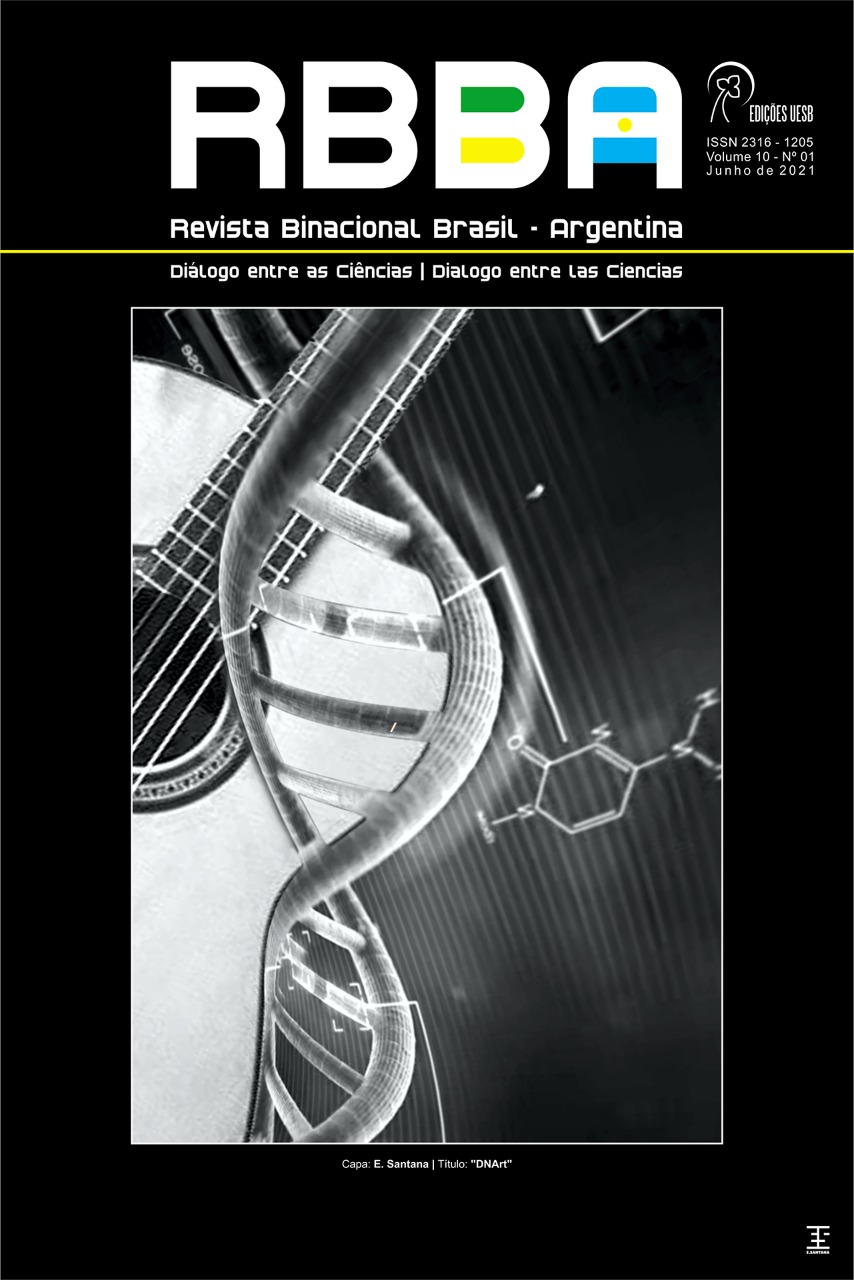THE THEORY OF EVOLUTION AS THEORETICAL HARMONY: Charles Darwin's harmonic path
DOI:
https://doi.org/10.22481/rbba.v10i01.8078Keywords:
Darwin, Theory of Natural Selection, Evolution, BiologyAbstract
How does a theory impose itself in scientific circles? This article seeks to answer this question with the example of Darwin's Theory of Natural Selection, using the procedure of comparing it to a new musical harmony that had to find ears prepared for its apprehension. In this sense, some of the strategies of Darwin and his collaborators to gain greater acceptance for the Theory of Evolution in the 19th century are discussed, as well as the accommodations that had to be made in the Darwinian text to face the scientific environment and the society of his time
Downloads
References
ARENDT, Hannah; Eichmman em Jerusalém: Um relato sobre a banalidade do mal. São Paulo: Companhia das Letras, 1999.
BROWNE, J. Darwin in Caricature: A Study in the Popularisation and Disseminatin of Evolution. Proceedings of the American Philosophical Society, n°145 (4), p.496-509, 2001.
DAWKINS, R. A Grande História da Evolução. São Paulo: Companhia das Letras, 2009.
DARWIN, Ch. A Origem das Espécies. Porto: Lello & Irmãos, 1946 [original: 1850].
ELSTER, J. Sour Grapes: Studies in the Subversion of Rationality. Cambridge: Cambridge University Press, 1983.
FESTINGER, L; RIECKEN, W. e SCHACHTER, S., When Prophecy Fails: A Social and Psychological Study of a Modern Group that Predicted the End of the World. Minnesota: University of Minnesota Press, 1956.
GOULD, S. J, (org.). As Cartas de Charles Darwin (1825-1859). São Paulo: UNESP, 1999.
GOULD, S. J. The Panda’s Thumb. New York: W. W. Norton, 1980.
GOULD, S. J. Ever Since Darwin. New York: W. W. Norton, 1977.
HENNIG. W. Phylogenetic Systematics. Illinois: University of Illinois Press, 1999 [original: 1950].
HUXLEY, Th. Darwiniana: a origem das espécies em debate. São Paulo: Madras, 2006.
HUXLEY, Th. “Evolution in Biology” In: Collected Essays II: Darwiniana. London: Macmillan, 1893-94. pp.187-226 [original: 1878].
PLANCK, Max. Scientific Autobiography and Other Papers. New York: Philosophical Library, 1949.
SCHOENBERG, A. Harmonia. São Paulo: Unesp, 1999 [original: 1911].
TENNEY, J. A history of ‘consonance’ and ‘dissonance’. New York: Excelsior Music Publishing Co., 1988.
WEIKART, Richard. From Darwin to Hitler: evolutionary ethics, eugenics, and racism in Germany. New York: MacMillan, 2004.
WHITE, Paul. Thomas Huxley: Making the Man of Science. Cambridge: Cambridge University Press, 2003.
Downloads
Published
Issue
Section
License
Copyright (c) 2021 Revista Binacional Brasil-Argentina: Dialogue between the sciences

This work is licensed under a Creative Commons Attribution 4.0 International License.












